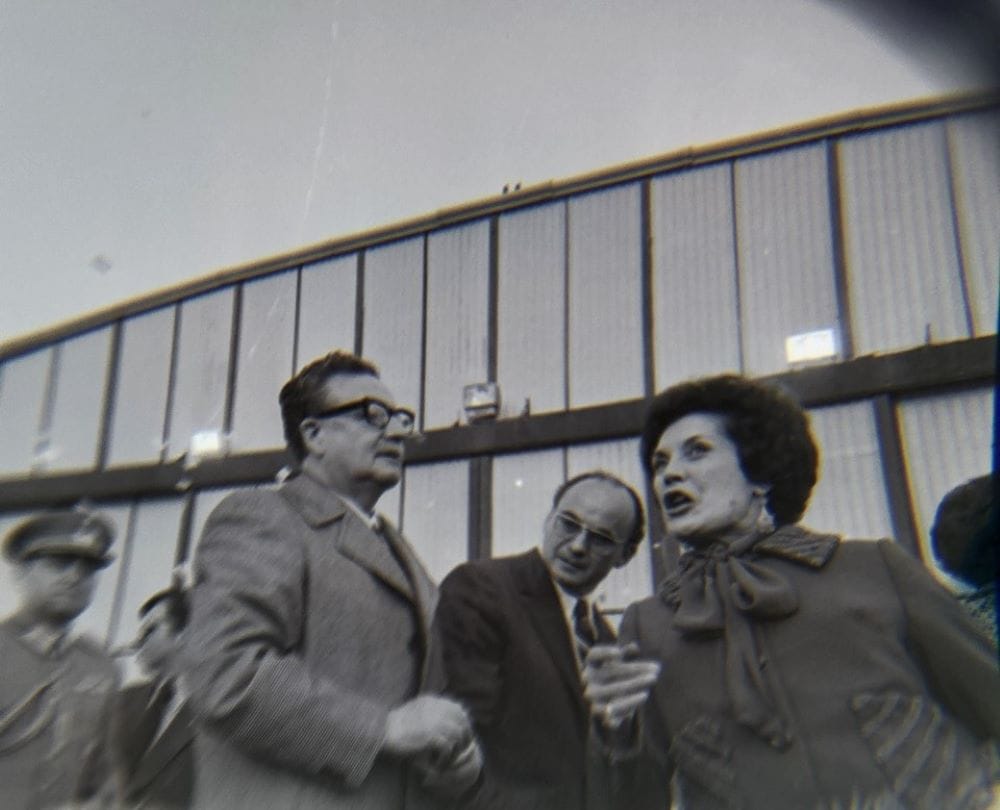How Mexico Welcomed Chilean Exiles After the 1973 Coup
Salvador Allende, Chile's first socialist president, was overthrown in a 1973 coup led by Augusto Pinochet. His wife, Hortensia Bussi, fled to Mexico. The Mexican government provided asylum to thousands of Chilean exiles.

There are times in history when one wonders if the world is a stage, set for one big, cosmic joke. Take Chile in 1970. A democratically elected socialist president, Salvador Allende, fresh off a victory that sent a jolt through Latin America, decided to step into the ring with the world’s biggest economic heavyweights, ready to square off. With the nationalization of key industries—primarily copper, Chile’s crown jewel—he envisioned a socialist utopia, one where wealth would flow like wine at a wedding.
It all looked good on paper. But in reality? Well, if you’ve ever seen a toddler trying to juggle flaming torches while riding a unicycle, you’ll get the picture.




